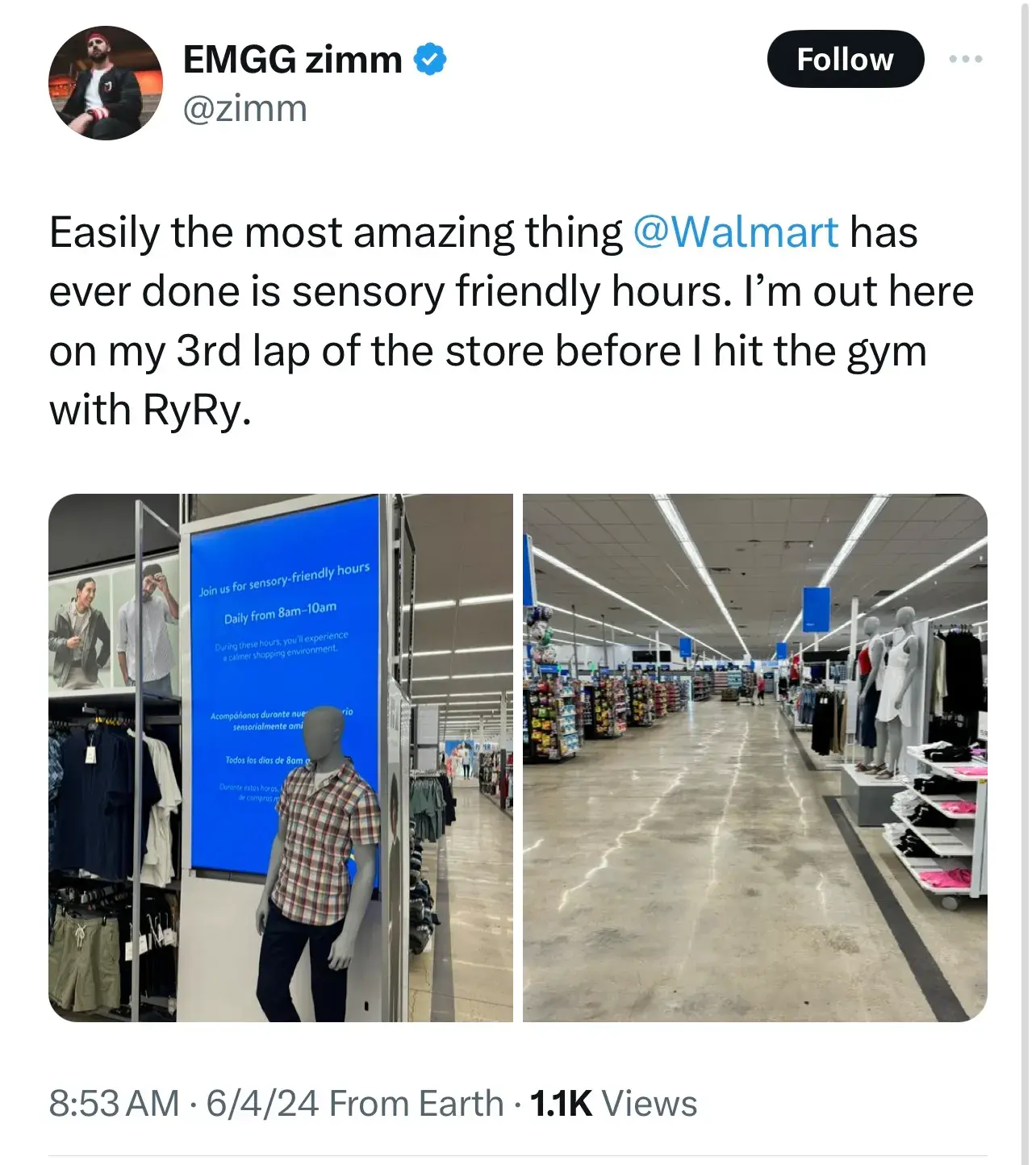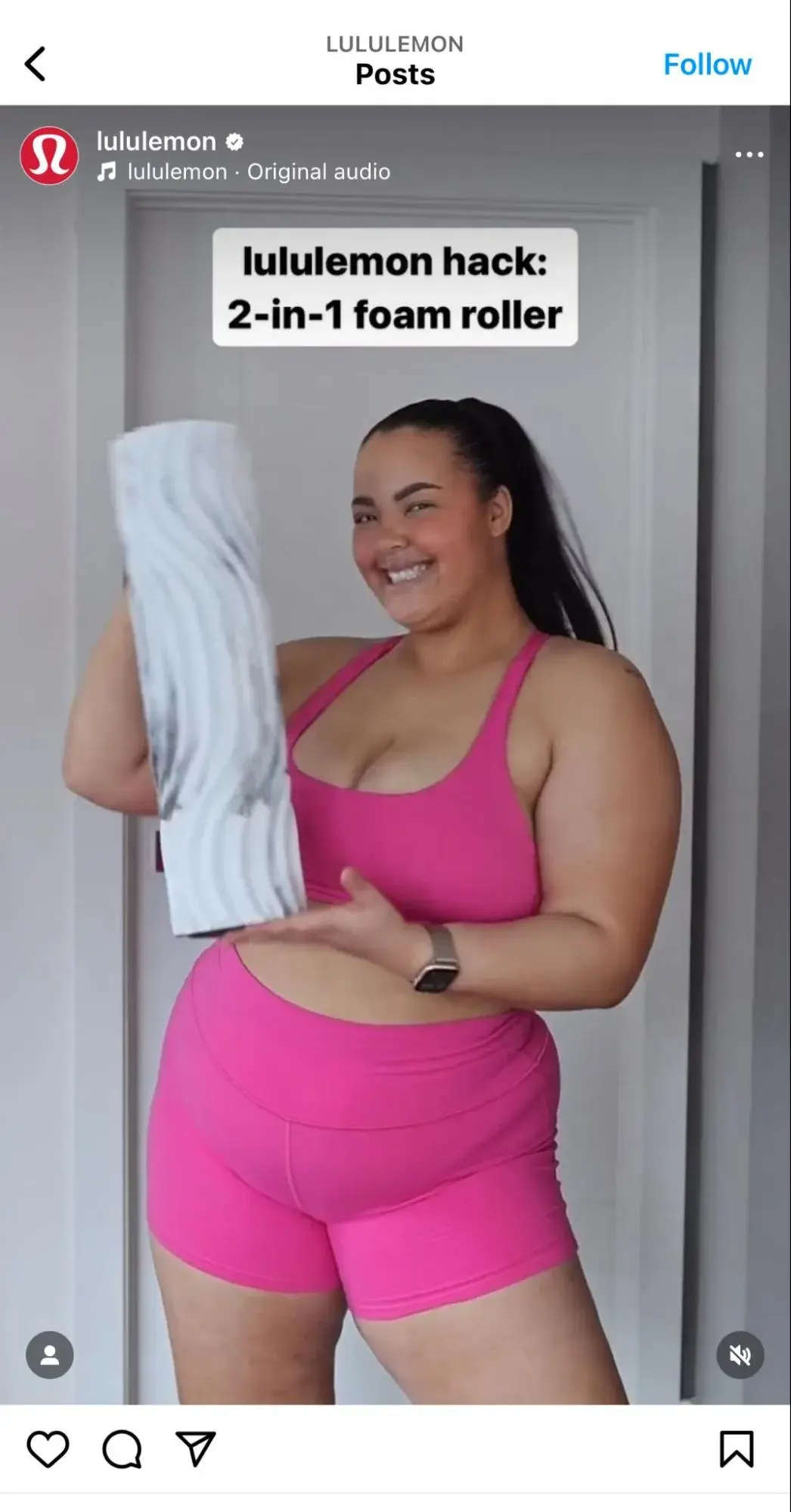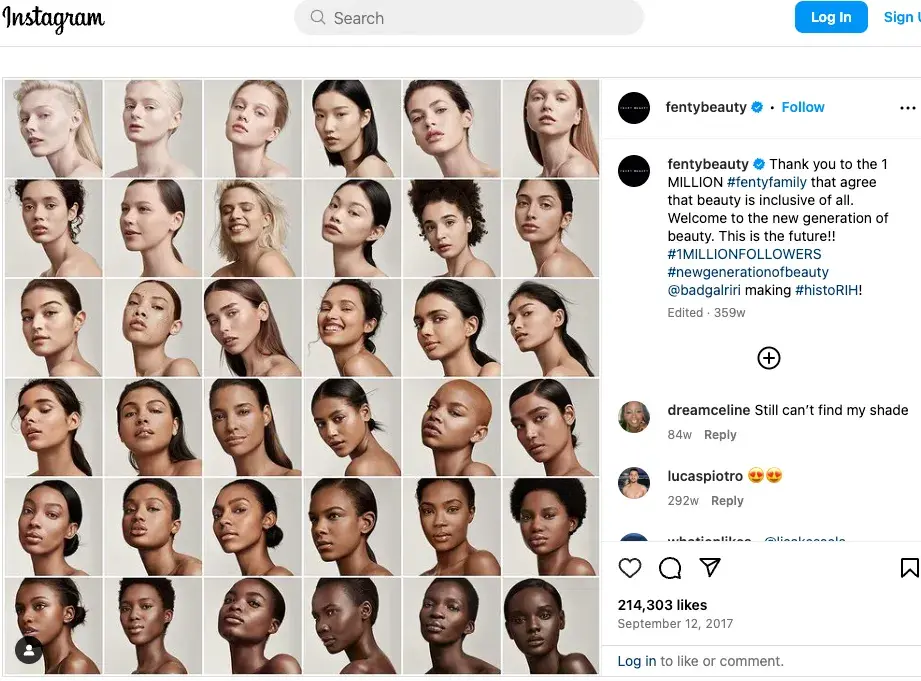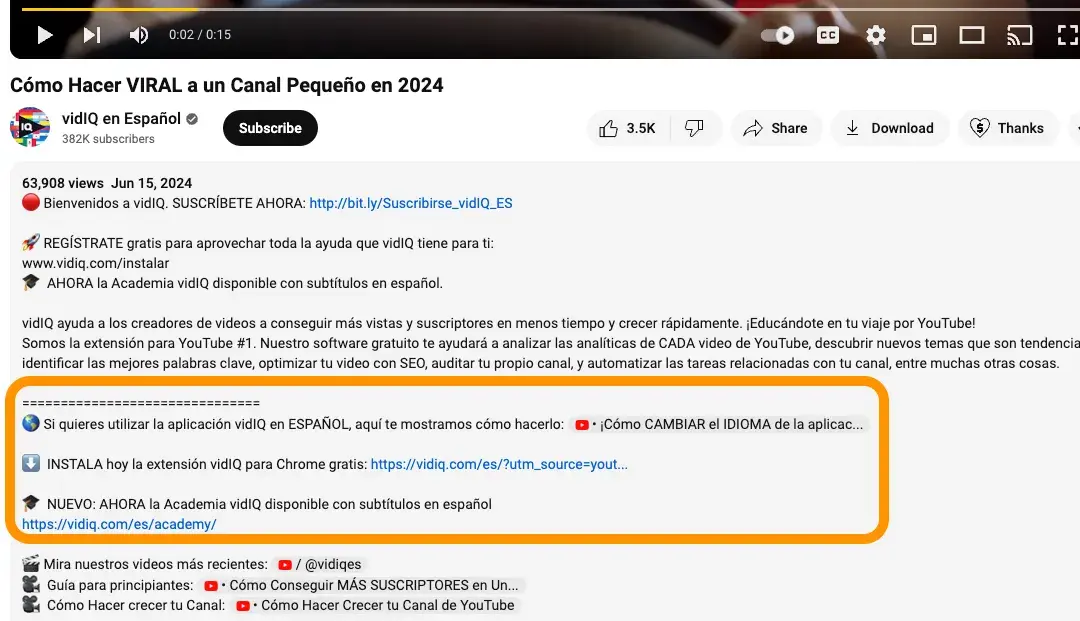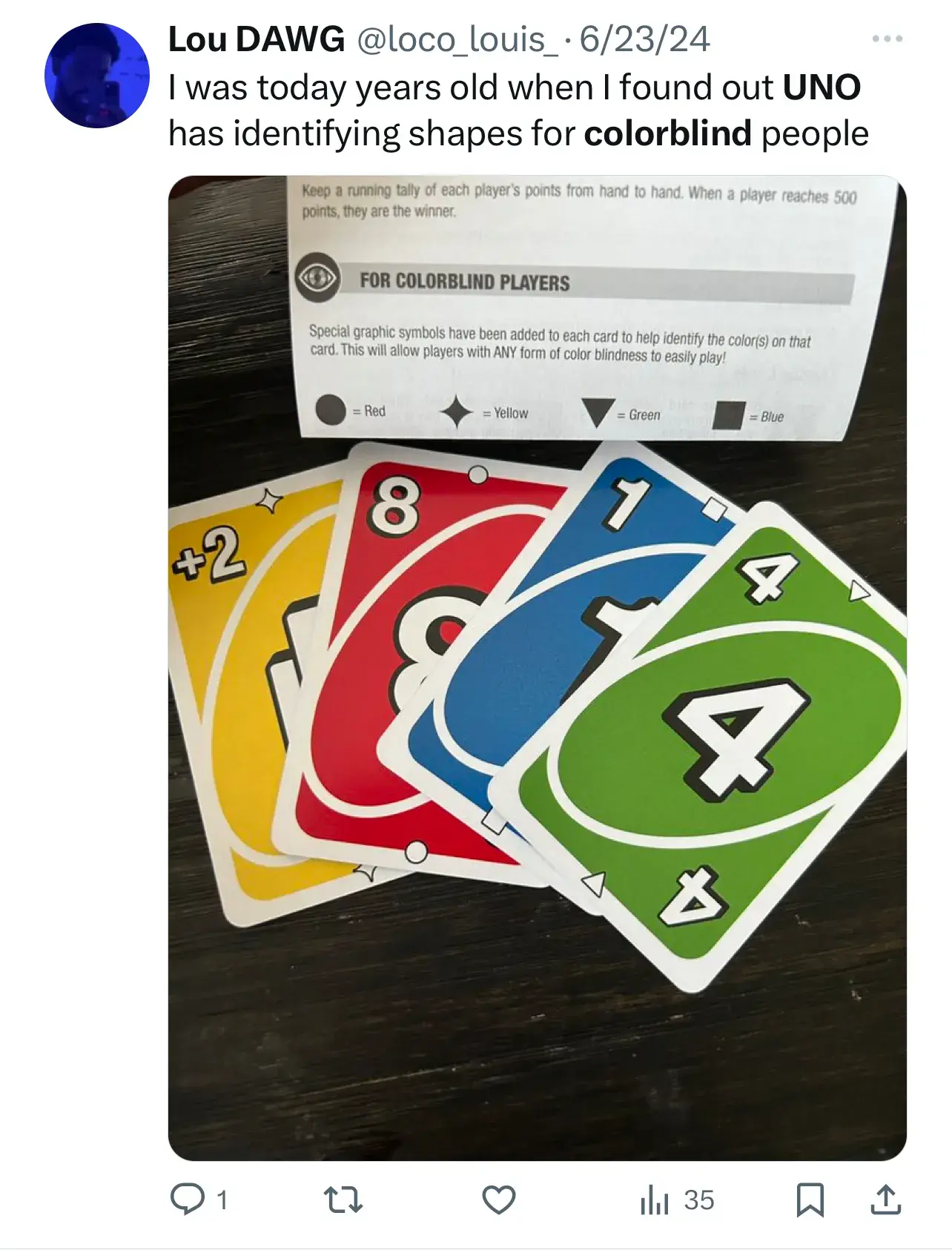Welcome to Creator Columns, where we bring expert HubSpot Creator voices to the Blogs that inspire and help you grow better.
Brands in ecommerce have the wonderful advantage of having access to a broader number of consumers than their local counterparts. Before you can woo a broader base of consumers, it is important to recognize the diversity that exists among them, and the intention required to convert them.
I’m an inclusive marketing strategist and run an inclusive marketing consultancy.
Last year I did audits of multiple ecommerce websites, and found the same opportunities for improvement over and over again from the perspective of how brands can do a better job of converting more of their ideal consumers who are part of underrepresented and underserved communities.
Consumers, no matter their identity, are looking for an answer to this fundamental question: is this brand for people like me?
There are three core areas that signal to a consumer whether or not a brand is for them or not. And as a result of those signals, the consumer will make a decision whether or not to take the next step forward with you, or not.
Signals That Tell Ecommerce Customers a Brand Is for Them
1. Representation
The people you want to serve need to see themselves, or who they aspire to be, reflected in the visual imagery your brand puts forth.
When they see themselves represented in the models you use, in your customer testimonials, or even imagery of your team, they receive a signal from you that communicates “people like me belong here.” When they don’t see themselves represented, the signal they receive is, “This brand isn’t for you.”
2. Customer Experience
Delivering experiences that have as little friction as possible for the people you serve, especially those with identities that are part of underrepresented and underserved communities, will demonstrate to them that you’ve taken the time to consider them to ensure they feel like they belong with you.
3. Identity-Based Design
One of the most effective ways to eliminate friction in your customer experience, is to design your ecommerce user experience with specific identities in mind.
By considering the various types of identities your ideal customers hold in the design and development process, it makes it easier for you to incorporate elements that make people with those identities feel seen, supported, and like they belong with you.
If you need additional resources to help you with your ecommerce strategy, check out this Ecommerce Planning Kit from HubSpot.
Examples of Inclusive Ecommerce Websites
Here are eight examples of ecommerce websites that have done a good job of designing for the needs of consumers with specific underrepresented and underserved identities.
1. Moo and Farm Rio take a global approach to converting more consumers.
Smart marketers know that people who have the problem their brands solve don’t just live in one country or speak one language. As such, it is helpful to showcase to these consumers immediately when they land on your website that your brand is for them.
Business card print house Moo does it by placing an option in the main navigation of its website that enables site visitors to select which country they are in, and the associated language they need. Based on the selection, the website automatically changes to the country’s corresponding language.
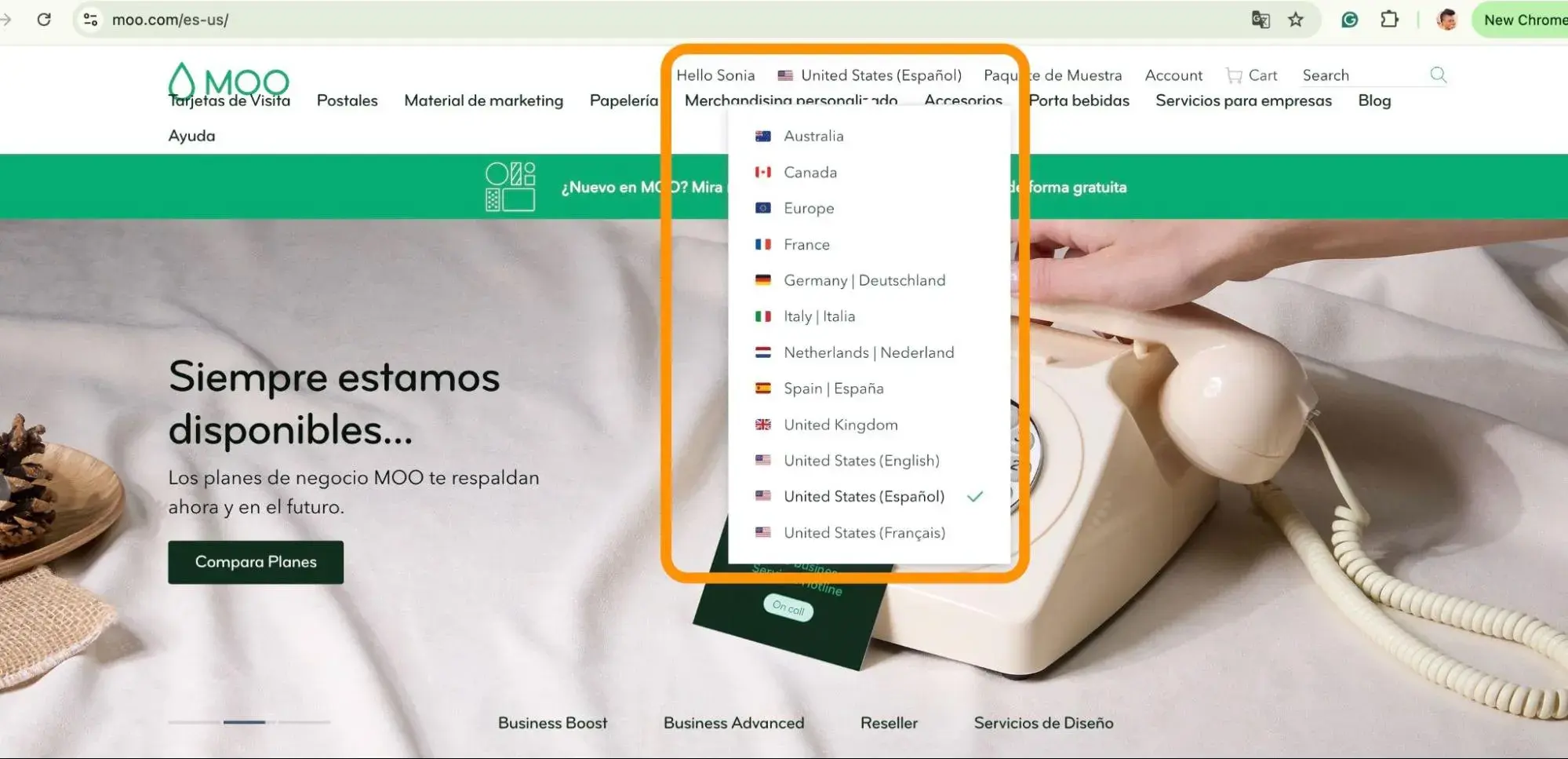
Retailer Farm Rio takes a similar approach. Consumers are able to select which country they live in from the main navigation. Once confirmed, pricing and shipping options for the clothing items change to reflect the local currency of where the consumer is shopping from.
In this image, the country selected is Morocco, and prices are shown in their currency, the Dirham.
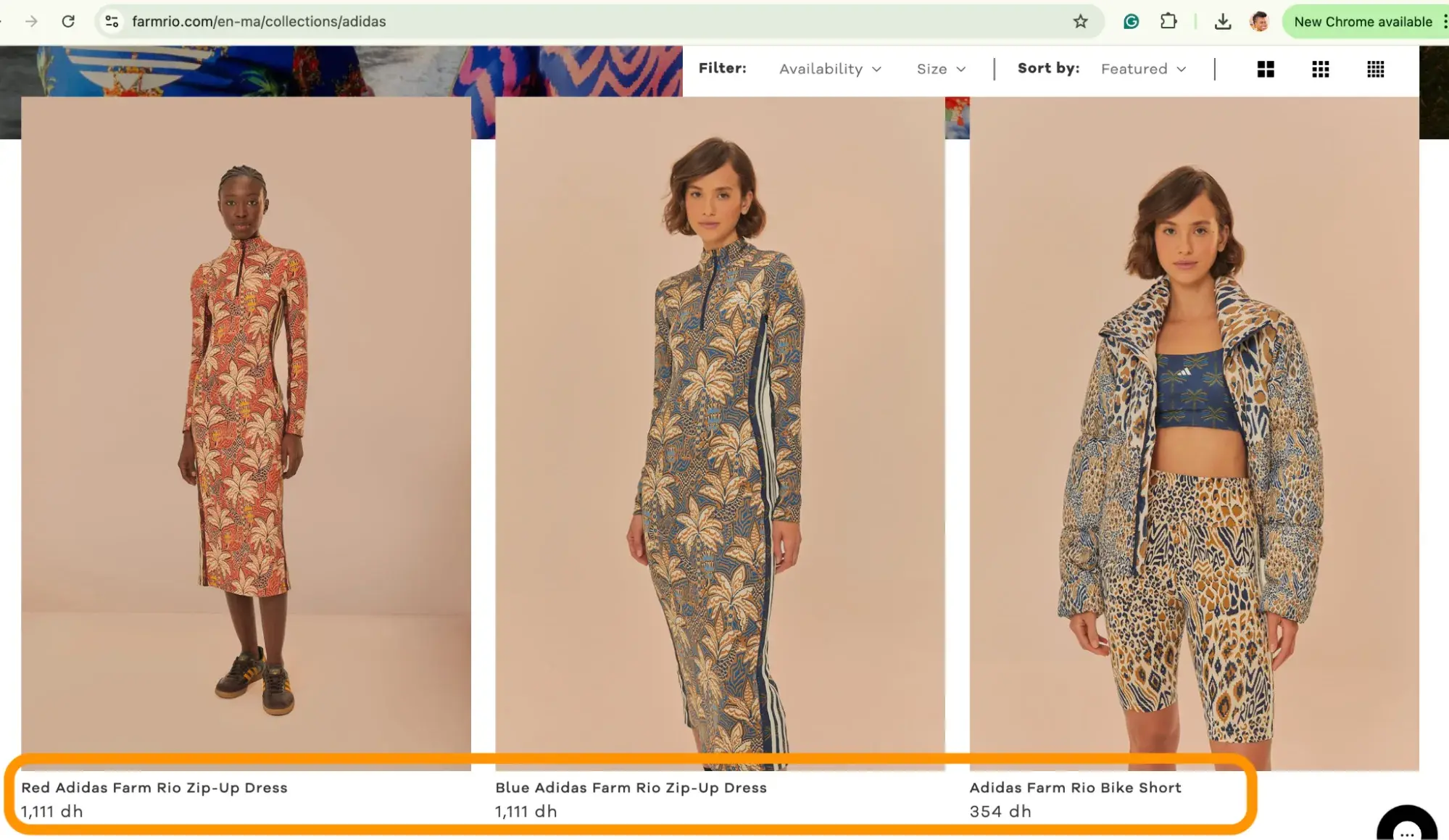
Having to do a price conversion adds unnecessary friction, and sends a strong signal that “This brand isn’t for me.”
This episode of the Inclusion & Marketing podcast details how to build an effective multilingual content strategy so you can attract more people who speak other languages to your website.
2. Dolce & Gabbana leans into accessibility.
Just because someone has a disability, that doesn’t mean that they don’t enjoy wearing stylish clothes. 15% of the world’s population has some form of disability.
As such, making your website accessible enables you to support the needs of a broader group of people, while delivering an experience with less friction.
Fashion brand Dolce & Gabbana has embraced accessibility, by making it so website visitors can adjust accessibility settings to suit their needs.
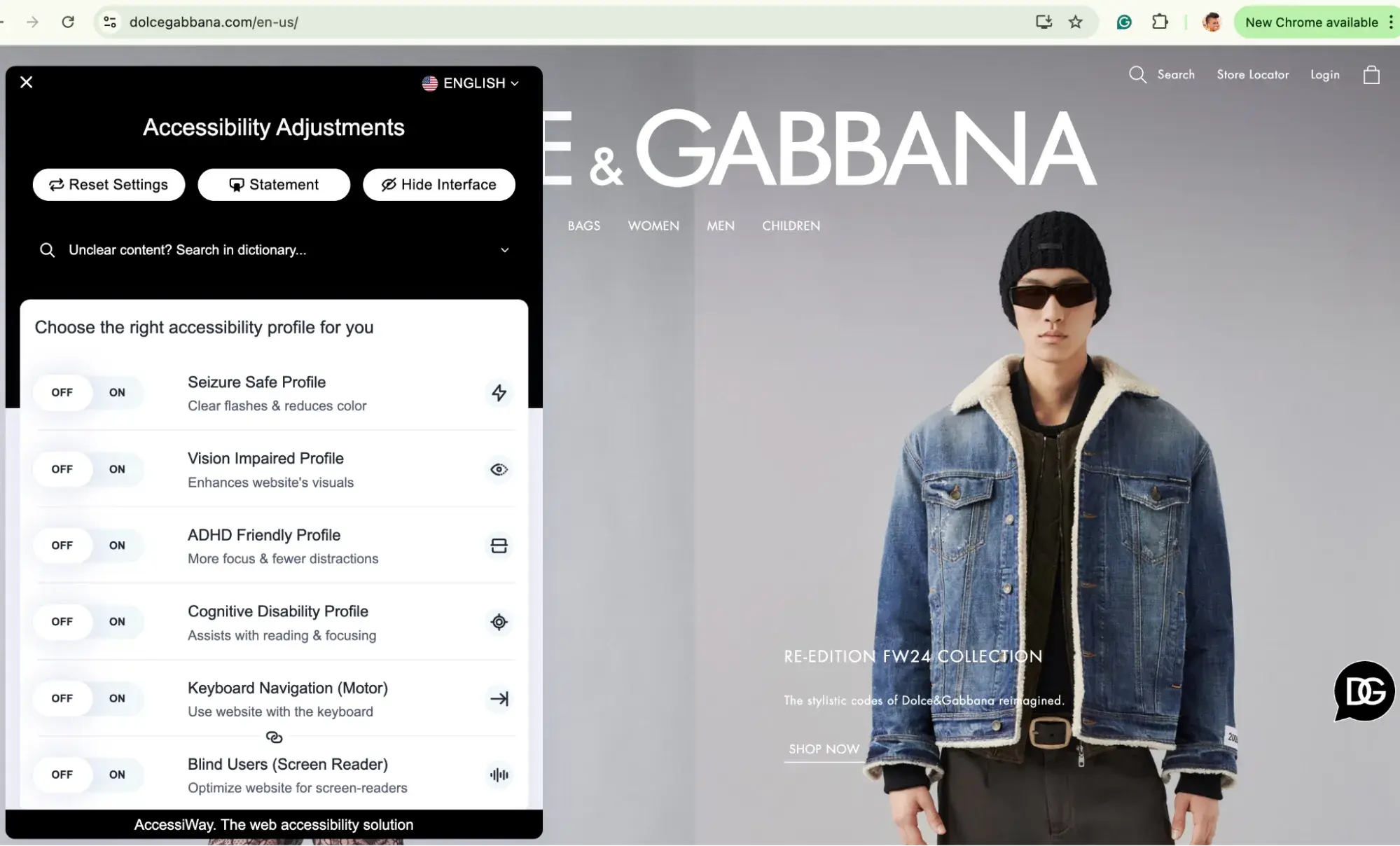
3. Amazon delivers an effective experience for neurodivergent consumers.
Estimates show that between 15-20% of the population is neurodivergent, including people with ADHD, autism, dyslexia, dyspraxia, and sensory processing disorder.
Amazon is a brand that is making an intentional effort to serve these consumers.
In this video, three neurodiversity consultants, who are also consumers, share the ways in which Amazon delivers an experience that supports their needs.
You can catch the full discussion on how brands can design experiences that work for neurodivergent consumers on this episode of the Inclusion & Marketing podcast.
4. Calvin Klein, Fenty Skin, and Bonds welcome LGBTQ+ consumers.
Smart brands demonstrate to the LGBTQ+ community that they are seen, supported, and belong all year long, rather than just with PRIDE month limited edition products and rainbows.
Retailer Calvin Klein does it by showcasing a broad diversity of masculinity in the models it features on its website. Here’s how one gay male consumer explained why that range of representation is important to him.
Another way ecommerce brands can show support to the LGBTQ+ community is in how products are classified.
Fenty Beauty made its skincare line gender neutral, so there was no need to label products being for “men” or “women” which can exclude people who are non-binary. The brand even goes as far to showcase gender diversity in the models using the products.
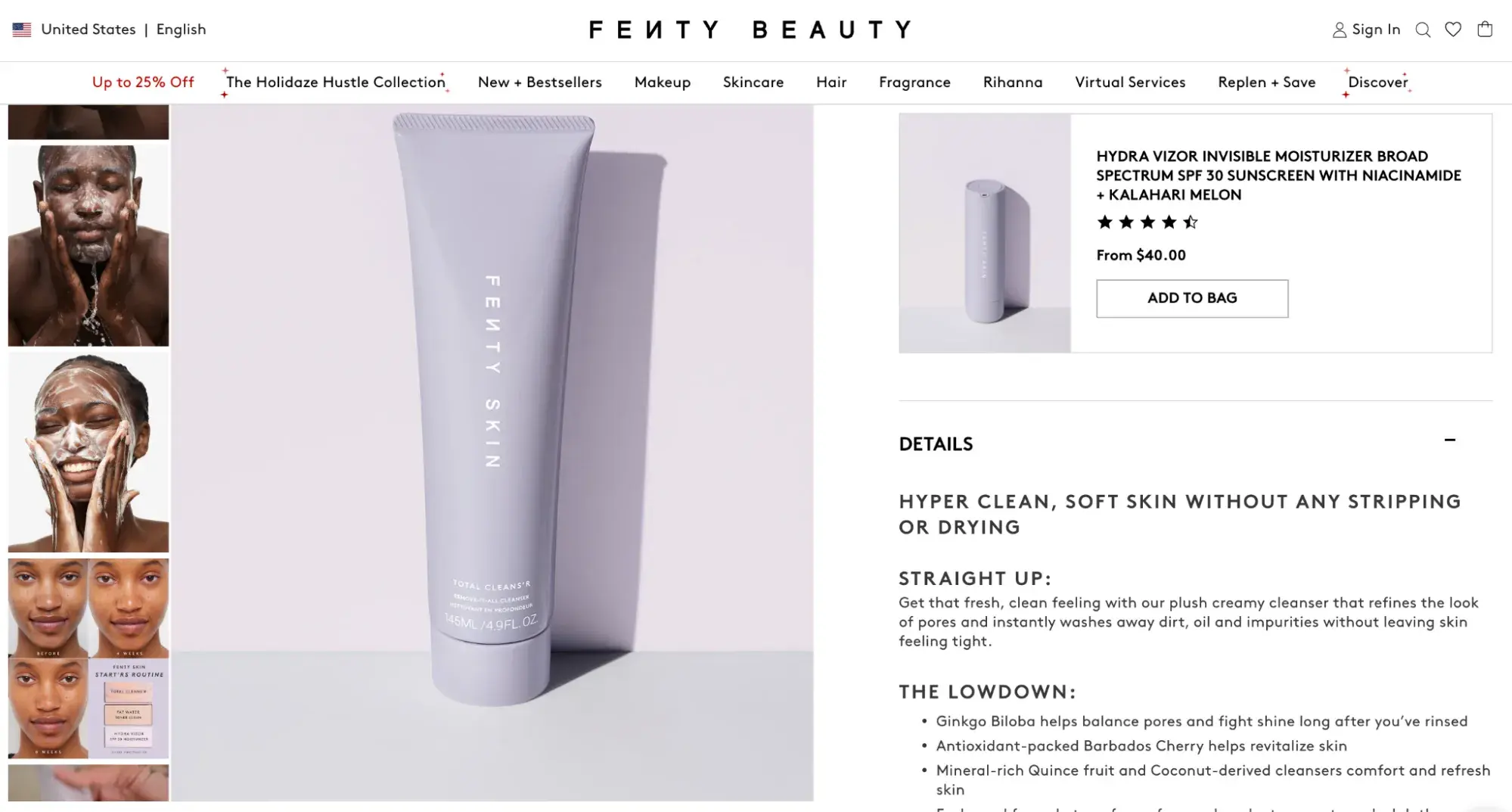
And underwear brand Bonds has done it by offering a gender-free line of its clothes.
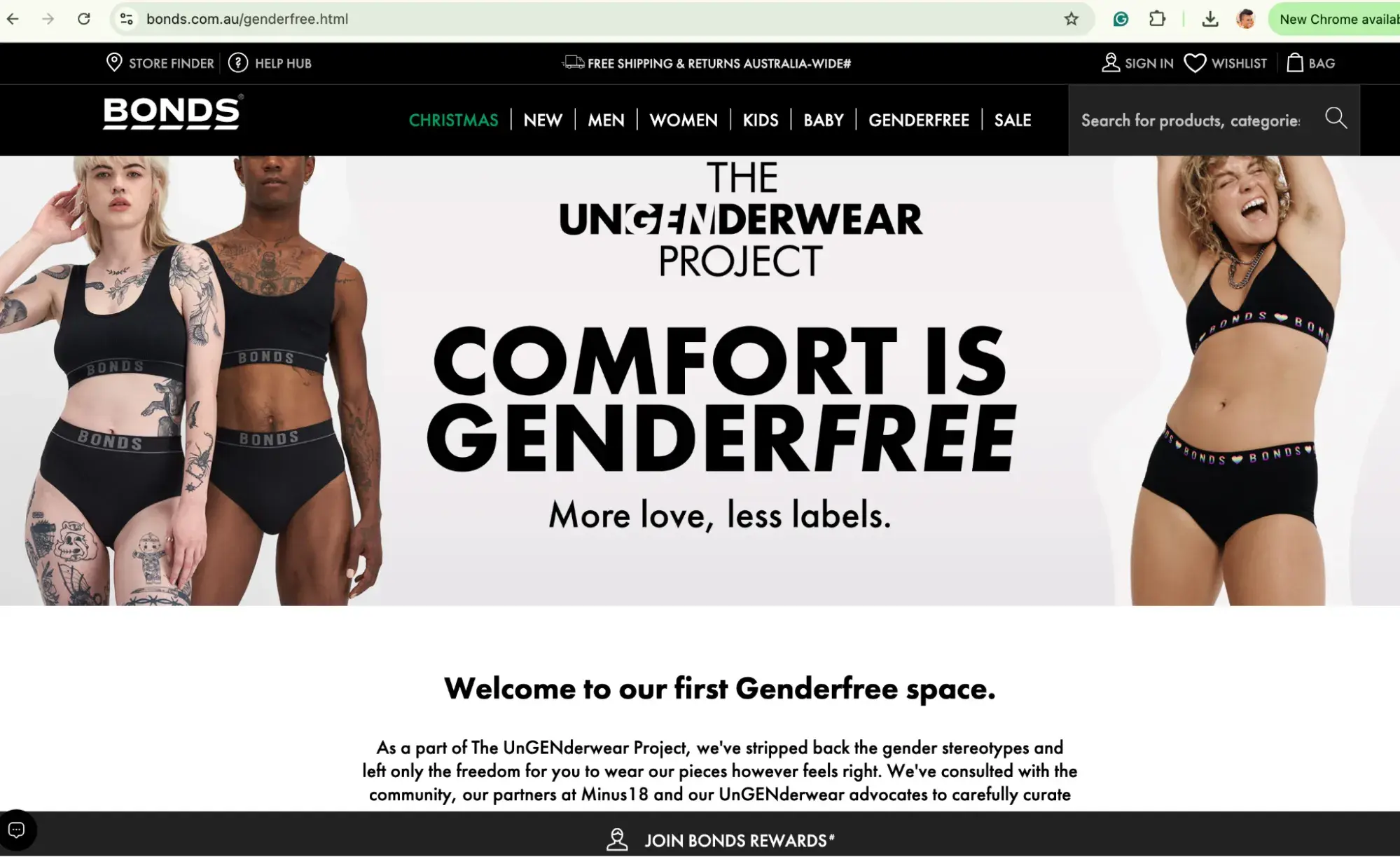
You can find more tips on how to build an LGBTQ+ inclusive brand on this episode of the Inclusion & Marketing podcast.
5. Cooper’s Hawk embraces dietary restrictions.
Many restaurants now have an ecommerce arm to their business, as they start asking, and even encouraging, people to grab takeout via online ordering.
As someone with dietary restrictions, I’ve always been reluctant to embrace the convenience of ordering food online, for fear of the staff not seeing my write-in requests for accommodations with my food.
Cooper’s Hawk has addressed this fear. Within the online ordering section, they’ve created separate products that are labeled gluten-free. Even the name of the product has a “GF” at the end, so me or anyone else with a gluten-free restriction doesn’t have to write anything in and pray the notes were read.
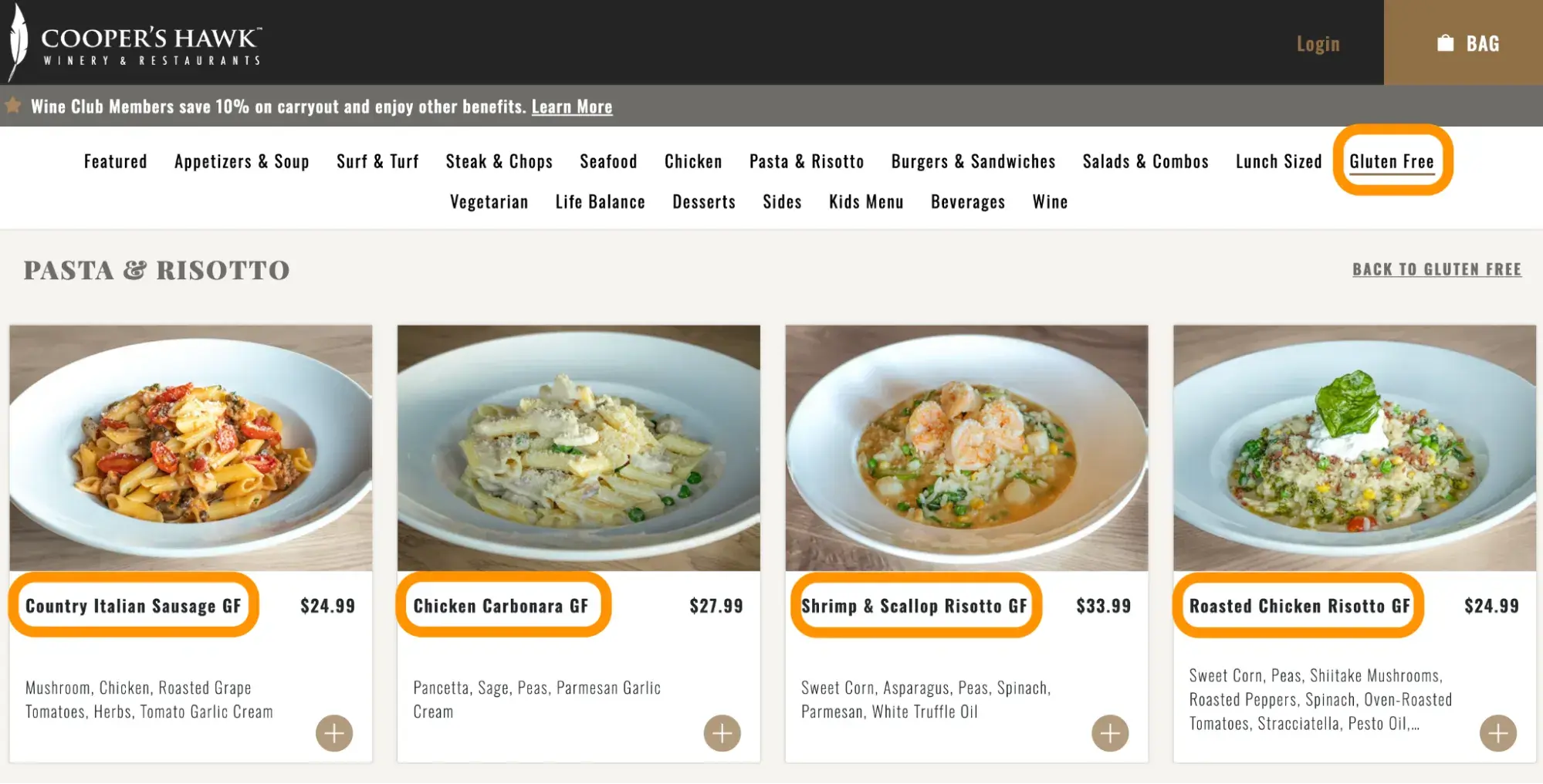
The brand takes a similar approach to vegan items on the vegetarian menu. A person can feel reassured that their food will in fact be vegan because it is labeled on the website as, “Vegan Sweet Corn & Tomato Risotto”
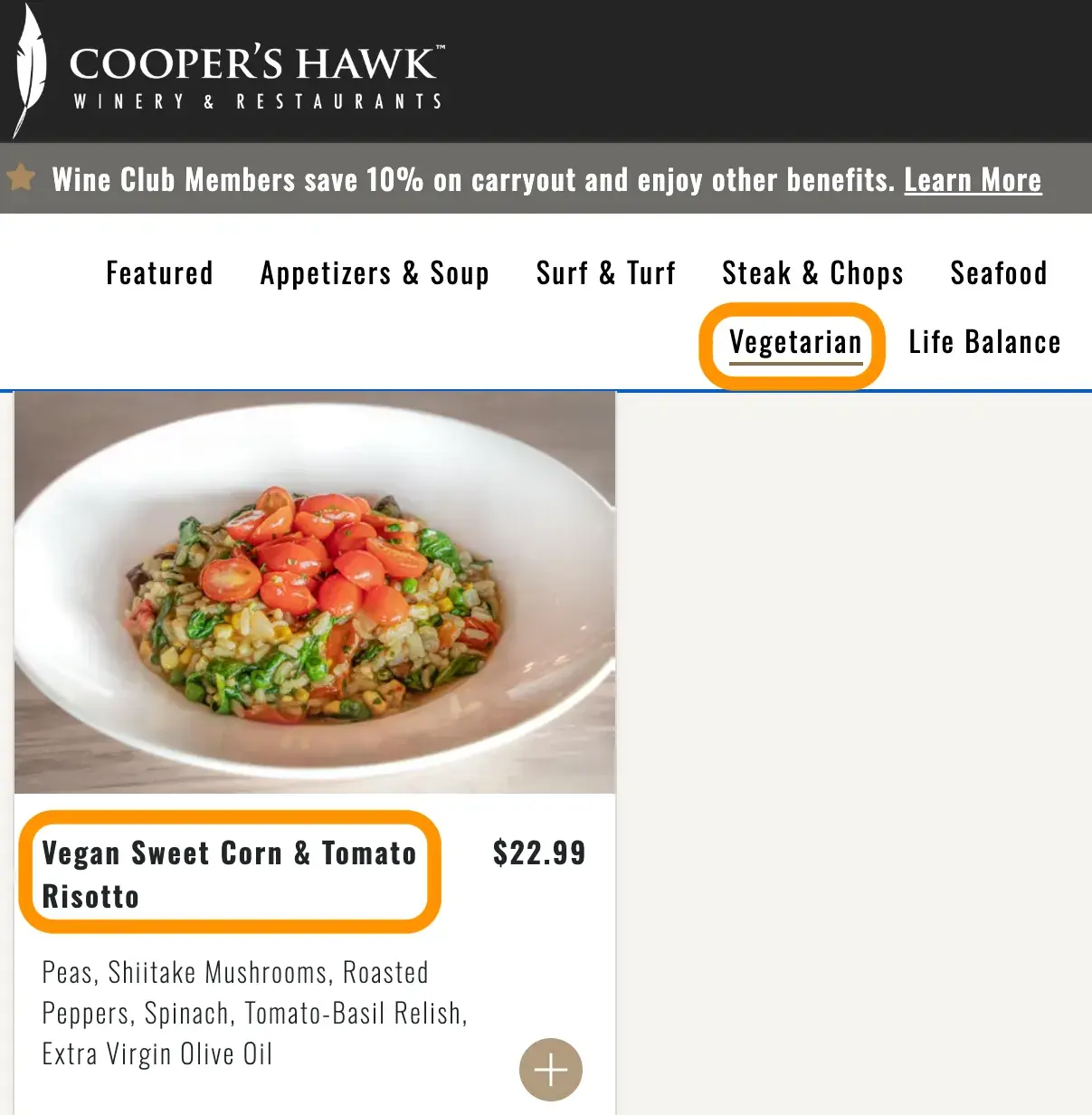
6. Savage X Fenty puts women of all sizes front and center.
The average clothing for a woman in the US and the UK is 16-18. But too often, the models showcasing clothing on ecommerce retail sites are models who wear much smaller sizes.
Savage X Fenty takes a different approach. The brand features a broad range of diversity in the models it uses, including a range of body sizes and types.
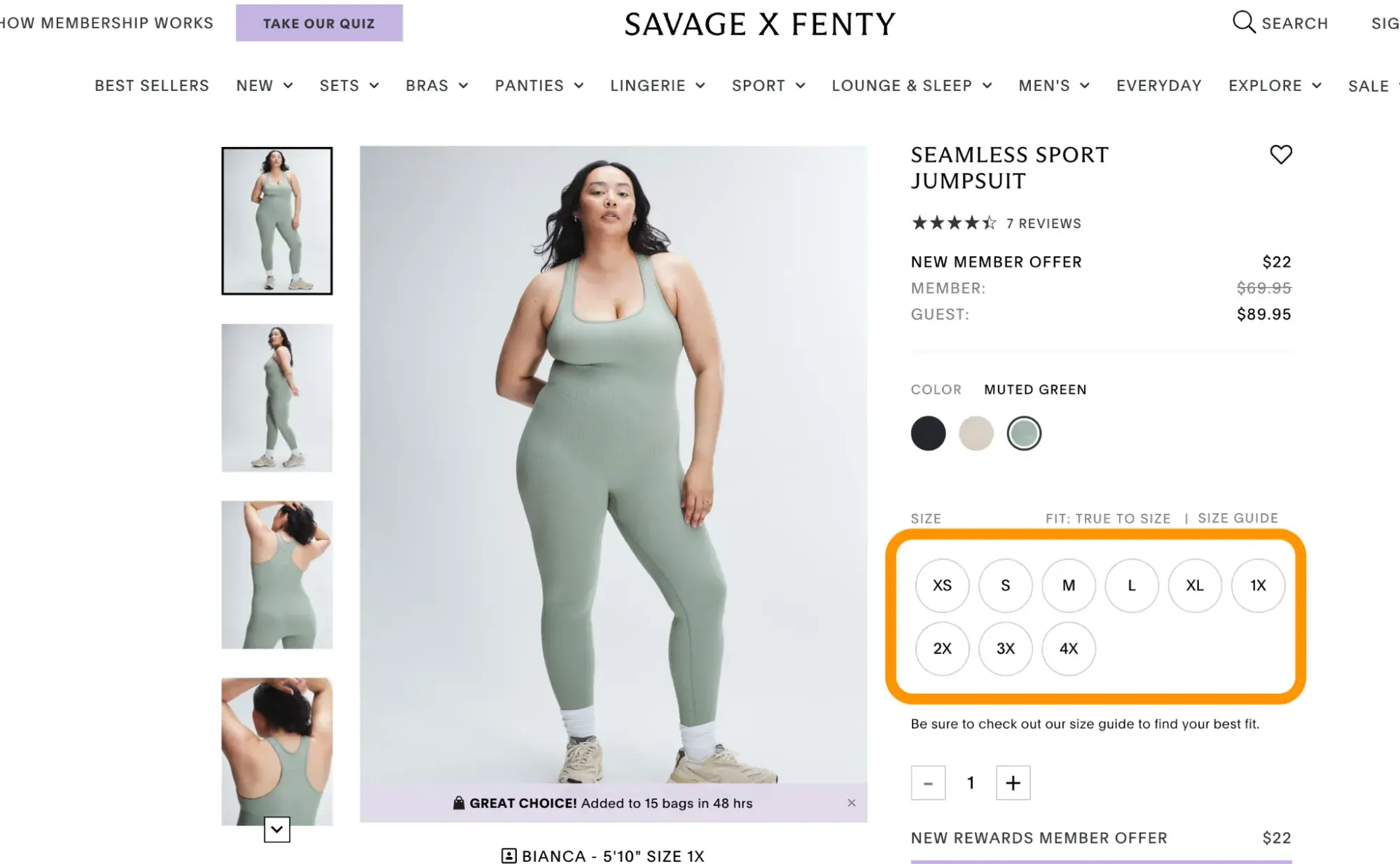
And when it comes time for consumers to select their size, they don’t have to deal with being labeled “plus-sized" as other retailers often do. They just select from the broad range of sizes offered by the brand.
7. David’s Bridal’s approach to race and ethnicity.
There are many different identities your consumers have when it comes to race and ethnicity.
As such, when you’re thinking about the people you feature on your website, make sure you include a range of models that reflect those races and ethnicities.
Pro tip: Don’t opt for trying to use models who are racially ambiguous to try to appeal to the broadest range of consumers. It actually has the opposite effect, and frustrates people (often those of darker complexions) who often don’t see themselves represented.
Retailer David’s Bridal does this on their website, by highlighting a broad diversity of races and ethnicities with their models that is reflective of the people who buy their dresses.
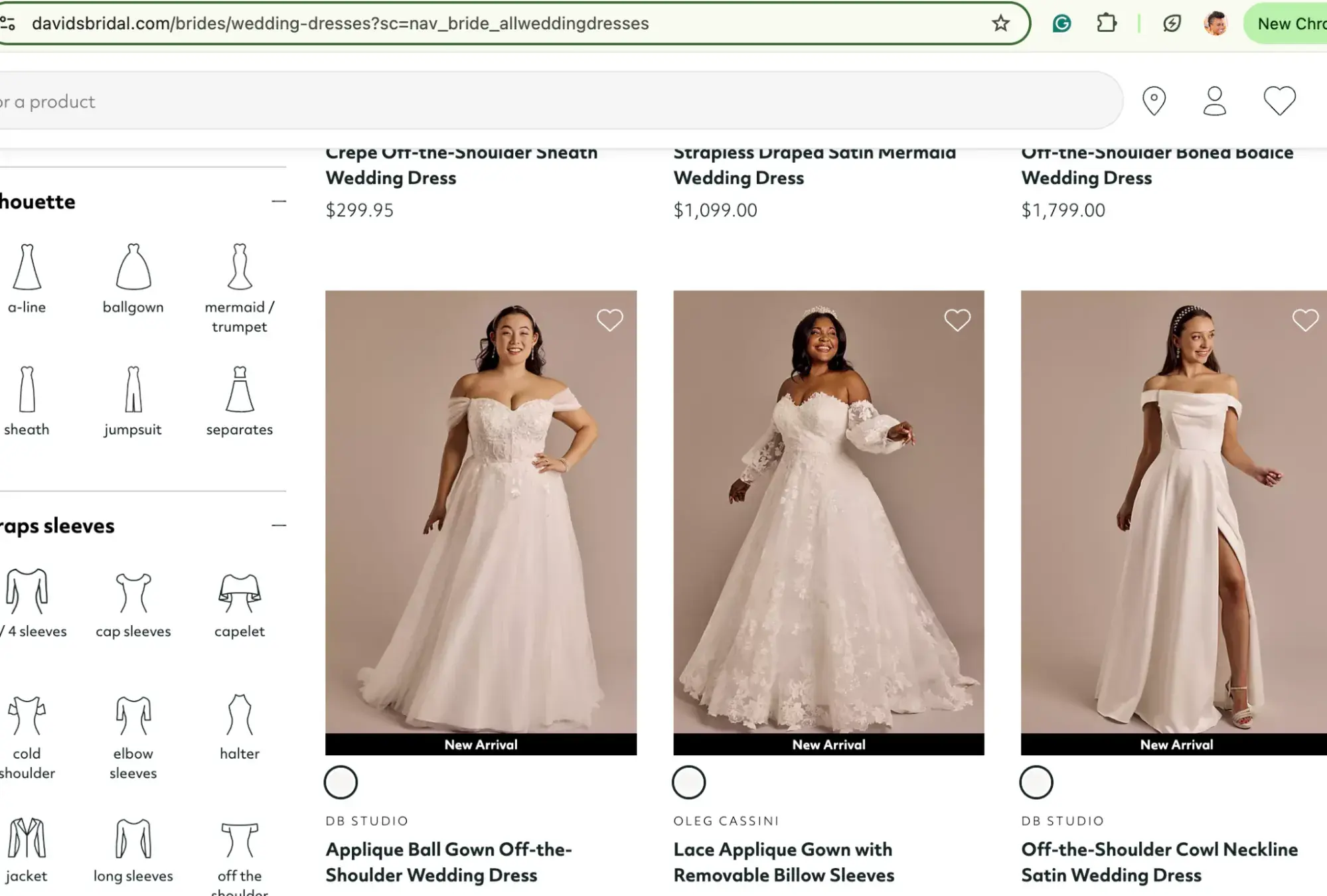
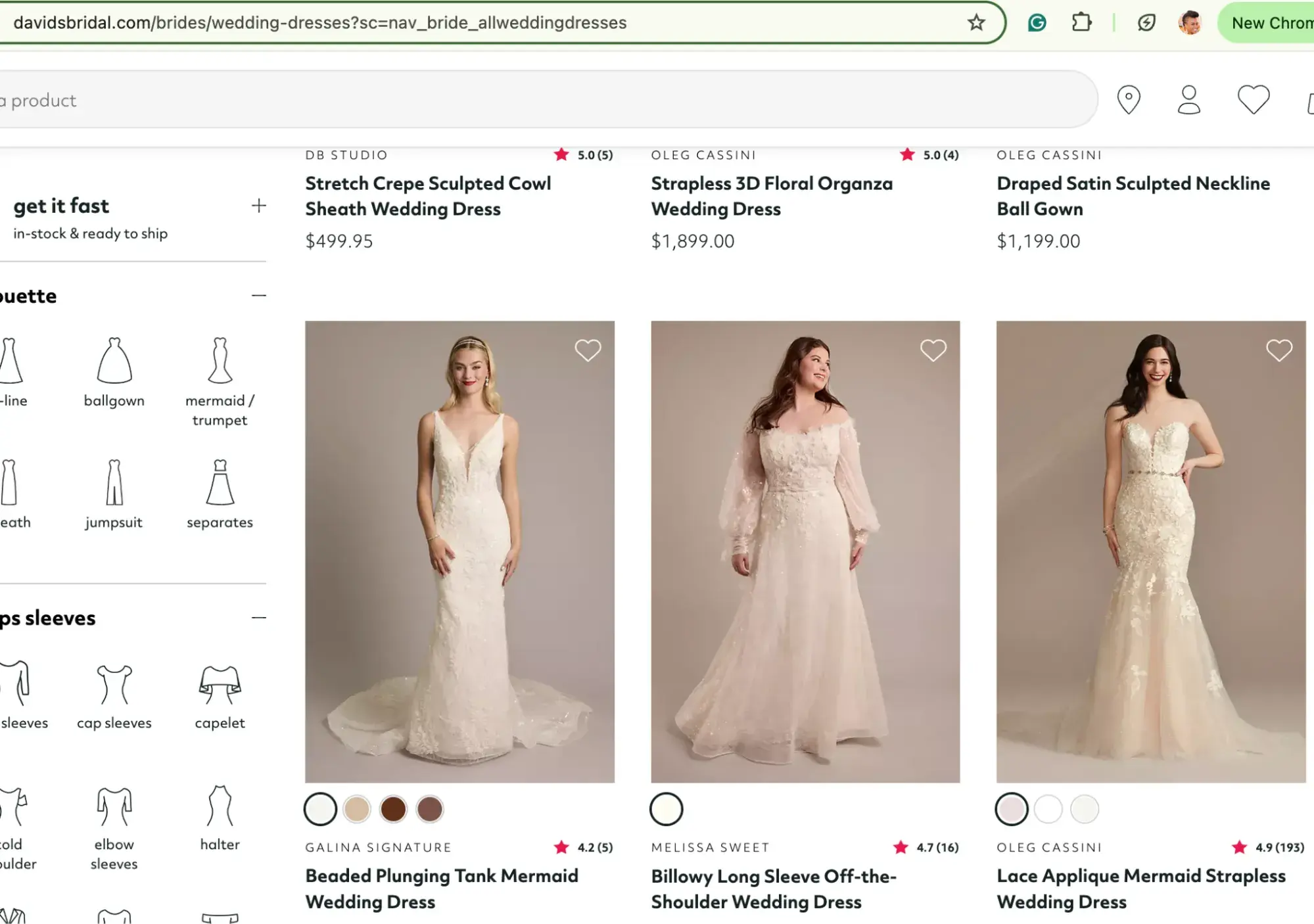
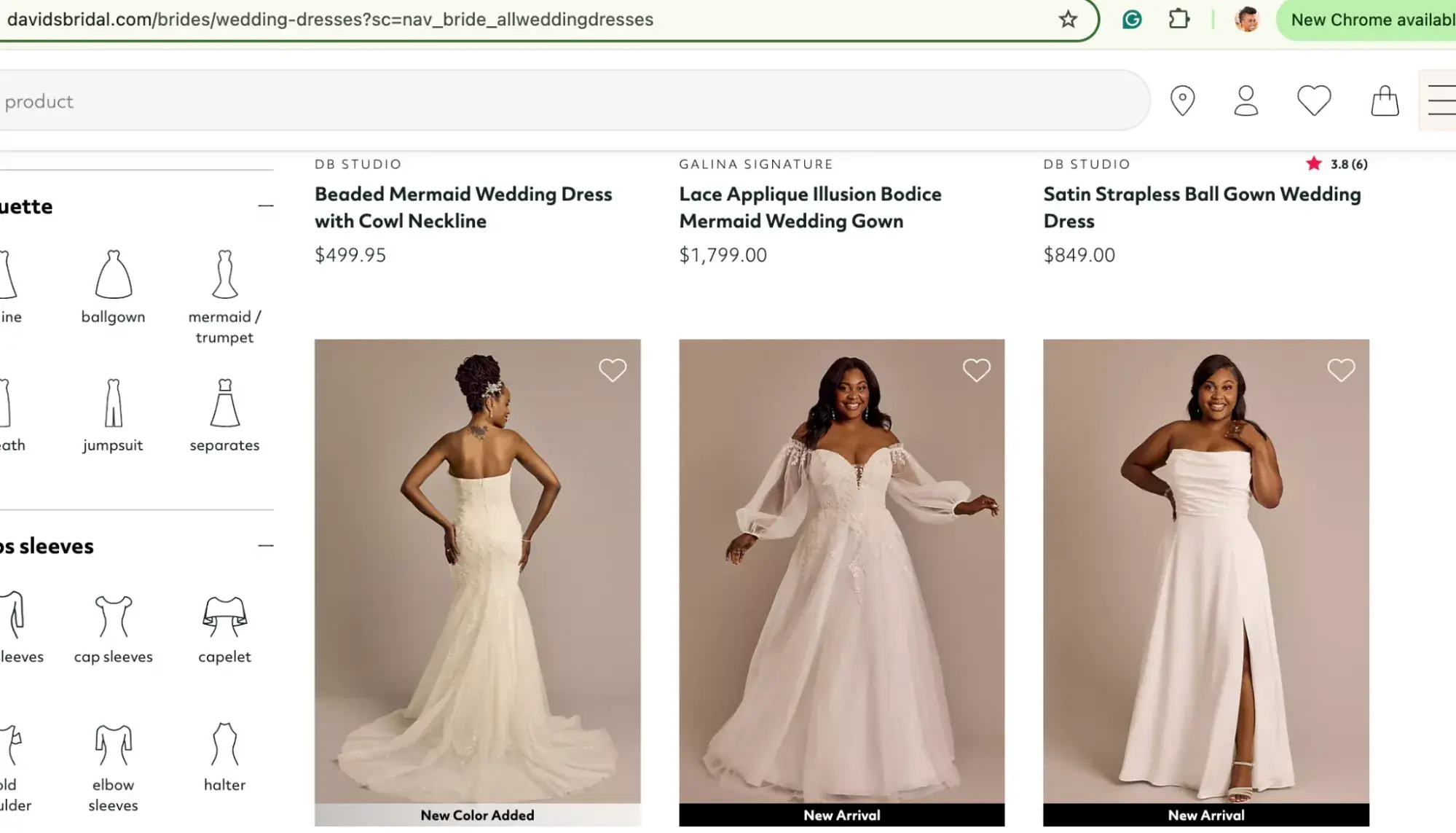
8. Ikea embraces religious traditions like Diwali.
Consumers who have the problem your brand solves will also have a diversity of religious affiliations, traditions, and celebrations. While most brands lean hard into traditional Christian holidays, such as Christmas, more brands are starting to add additional holidays to the ones they celebrate.
Ikea has added products for Diwali, to see and serve consumers who celebrate it.
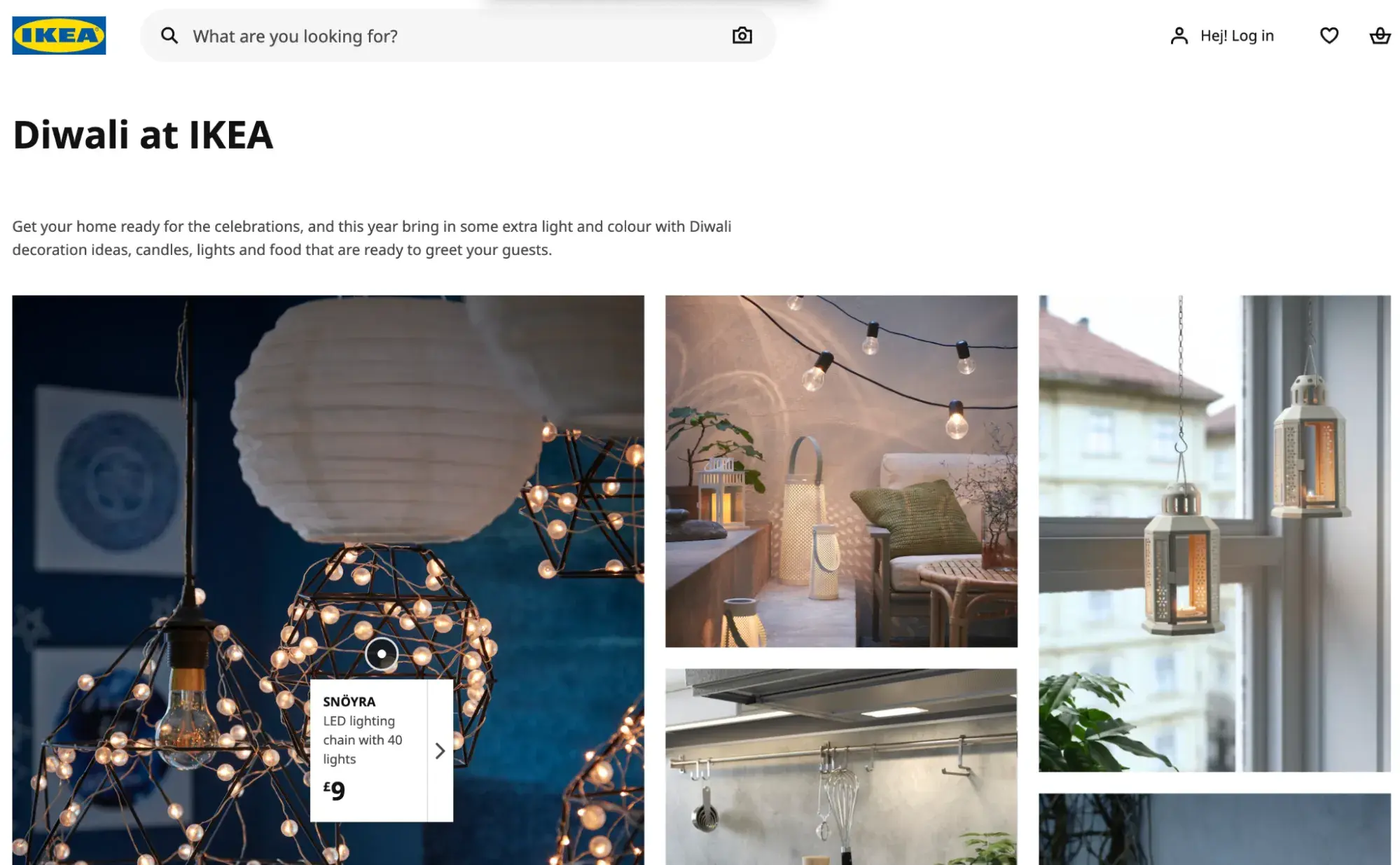
And consumers appreciate that IKEA has products for them. There’s plenty of videos on YouTube of people showing their Diwali hauls from IKEA.
Make Your Ecommerce Website More Inclusive
There’s no downside to doing so. The more people you’re able to send clear signals that “you belong here” through your intentional design and user experience choices, the more people you’ll be able to convert.



![Download Now: The Global Marketing Playbook [Free Guide]](https://no-cache.hubspot.com/cta/default/53/1b545c7f-72fe-45bb-b651-30d5f1df6f10.png)
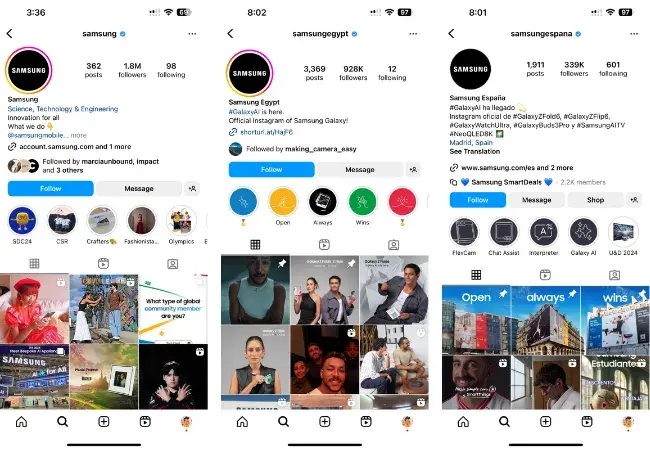
![→ Free Templates: How to Use YouTube for Business [Download Now]](https://no-cache.hubspot.com/cta/default/53/b33cfd44-133a-49e3-a943-086c5679d485.png)

![Free Kit: How to Build a Brand [Download Now]](https://no-cache.hubspot.com/cta/default/53/814dd420-0d49-40e0-b59c-f01066e186c1.png)
